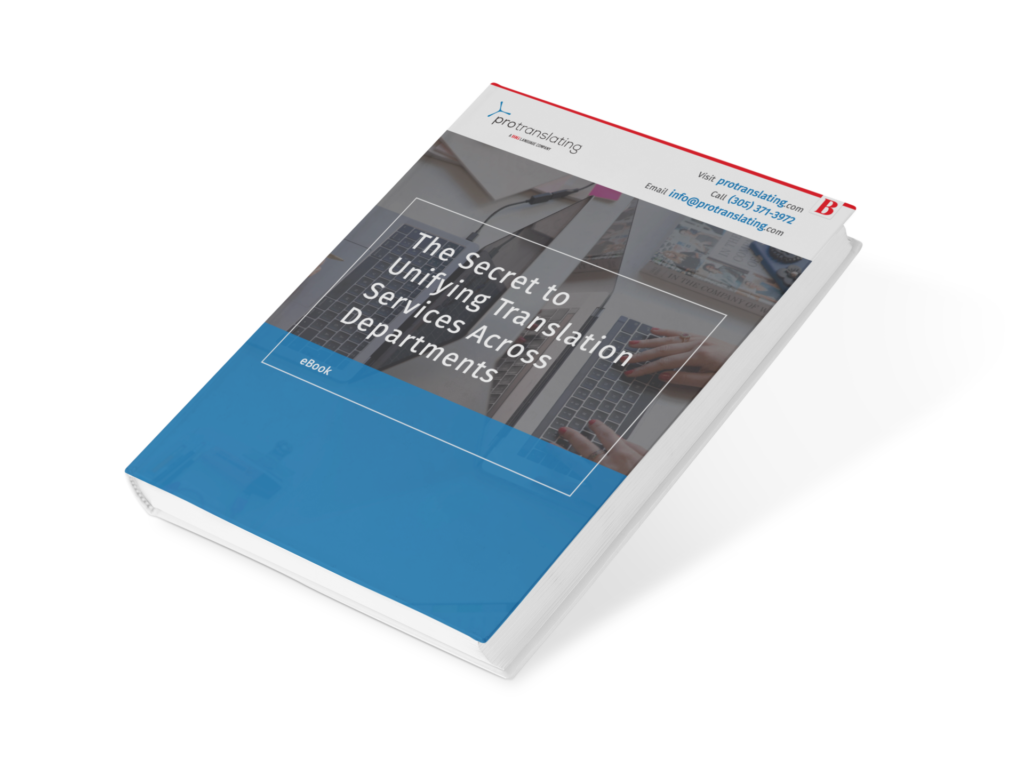
As its name implies, disaster recovery involves a situation from which businesses typically require a long recovery process. These disasters can range from natural forces such as tsunamis and hurricanes, to man-made disruptions such as cyber attacks, riots, and terrorist attacks.
When these disasters strike, business operations are either partially or fully taken out of commission. While a business continuity plan can implement steps to resume mission-critical business operations in the short term, disaster recovery involves a full, company-wide resumption of operations—and this recovery process can be even more challenging when you lack a plan to guide your activities.
Effective disaster recovery must streamline the recovery process to ensure customer’s information is available when needed without affecting its integrity and confidentiality as companies work to recover lost data and resume regular operations. Each business should develop a disaster recovery plan that is customized to serve their unique needs and circumstances. Here are some of the top considerations to keep in mind as you plan out this process.
Recovery point objective (RPO)
A company’s recovery point objective (RPO) refers to the amount of data, in terms of hours or days since the last backup—that a business could lose before exceeding its tolerance for data loss—which represents a material threat to the organization as a whole.
Businesses set an RPO according to their perceived level of tolerance. If you decide your organization can maintain operations by losing up to six hours of data, for example, then backups need to be performed at least every six hours. Your business will need to find an RPO provider that can meet these disaster recovery demands.
In general, greater flexibility regarding your data loss capacity will give you more affordable options for disaster recovery software. Obviously, the best backup solutions will be able to warranty an RPO that is closer to zero—but this will also be one of your more expensive options, because providing immediate access to data after a data outage is a difficult task. This type of high-powered RPO may not be practical for small businesses, but it could be an essential software service for certain industries such as healthcare.
Recovery time objective (RTO)
While RPO represents your loss threshold, recovery time objective (RTO) is the amount of time it should take to resume full business operations. Depending on the scale of the disaster, this could range from days to weeks.
RTO helps your organization set timelines for various recovery processes, especially when it comes to restoring software and hardware used to support business operations. But it also helps delineate the amount of downtime your business can afford to suffer due to a disaster. If your organization exceeds your RTO during the recovery process, it could lead to significant material losses and other business impacts that threaten your company’s viability.
The choices you make when building a disaster recovery plan will affect your company’s RTO. In general, cloud computing services enable a faster RTO because you don’t need to repair or replace hardware at a business location—instead, you only need to regain access to data centers and cloud computing services to restore your business.
If a hurricane strikes, for example, and your company is run off of software and services housed in on-site or co-located hardware, your business may suffer downtime as you evacuate your offices and data center rented space and then clean up the damage to your hardware after you return. This could easily lead to a recovery time measuring weeks, not hours or days—and this may not be acceptable for your company.
By contrast, a fully cloud-based approach can help that company switch over a high number of alternative zones and geographic regions and maintain business operations even as the hurricane takes place. While some services may be disrupted, the RTO can be minimized, equipping your business for a faster recovery.
Regular Disaster Recovery Testing
It’s important to remember that RPO and RTO are only objectives—not hard-and-fast guidelines or rules. They don’t guarantee that your disaster recovery plan can hit those objectives. The only way to be sure that actual performance meets these thresholds is through disaster recovery testing.
Different recovery plans can be tested through table-top scenario planning. Organizations can take a committee approach to discuss resource availability during recovery efforts. A more intensive option is to perform a simulated disaster to test written disaster recovery plans and evaluate their efficacy. The disadvantage to simulation tests is that they often require actual disruption of business operations, which is less than ideal. One alternative to this disruption is running a parallel test, which uses a mirrored system that is set up and operating in parallel to your live mission-critical system. This allows you to fully test your disaster recovery without affecting key business processes.
At Protranslating, we have a parallel disaster recovery plan that is tested once a year, and updated as needed to account for new operational changes and business challenges. We also have a restore policy in place that tests our data recovery on a weekly basis. Our data management and data recovery are also monitored by an auditor, which ensures appropriate handling of client data even in an emergency scenario.
Prioritizing the CIA Triad
Security is all about assessing and preparing for risk. Some often think of it in terms of stopping a nefarious hacker from tapping into their data, but preparedness goes beyond preventing any particular kind of attack. You need to have highly available systems, and you need to minimize exposure and risk however possible—especially when it comes to client data.
The CIA Triad offers a model for guiding information security policies that put customers first in any disaster recovery plan. The three pillars of this model—confidentiality, integrity, and availability—provide the foundations for designing data management systems. This includes establishing rules for how long client data will be held, especially when balancing the risk of data losses or breaches involving old client data.
It should be noted that as the number of digital systems increases, the possible loss of confidentiality, integrity and availability augments exponentially. Protranslating has geared its data management efforts toward consolidating management systems, rather than dividing them. Consolidation can improve data centrality, which facilitates better information security and streamlines recovery efforts following a disaster.
Any successful disaster recovery plan requires careful documentation and directions to guide efficient recovery efforts. If you need to create recovery plans and protocols for offices and business locations involving multiple countries and languages, you need documentation to be precisely translated to support execution of this plan.
We can help with that—contact Protranslating today to find out how.
how can we help?
Do you need help with translation, interpretation, or media adaptation? Our team is ready to lend a hand.
Let’s chat







